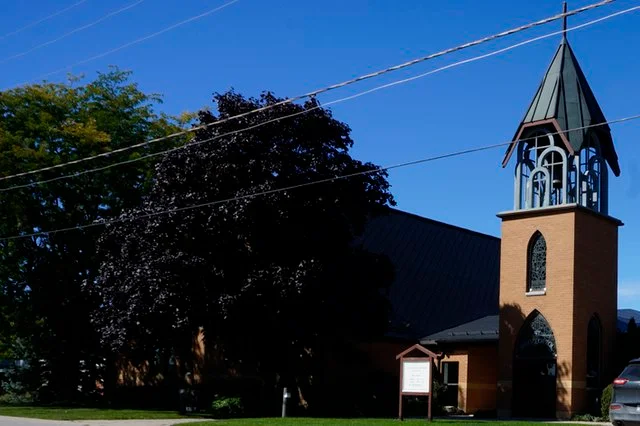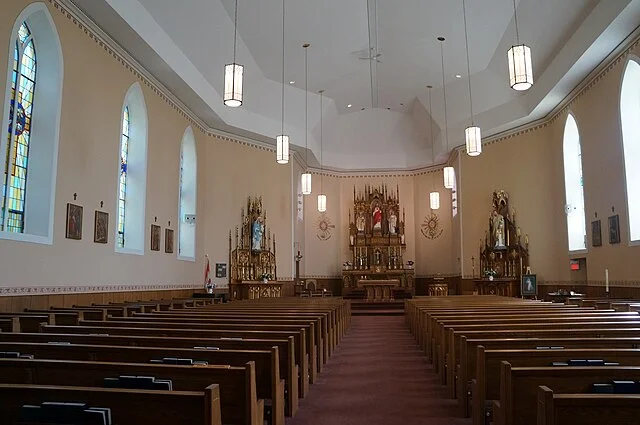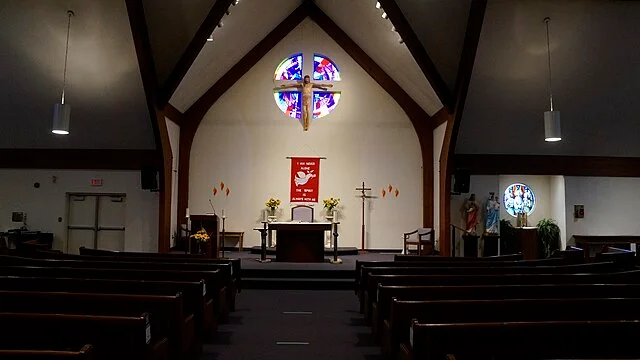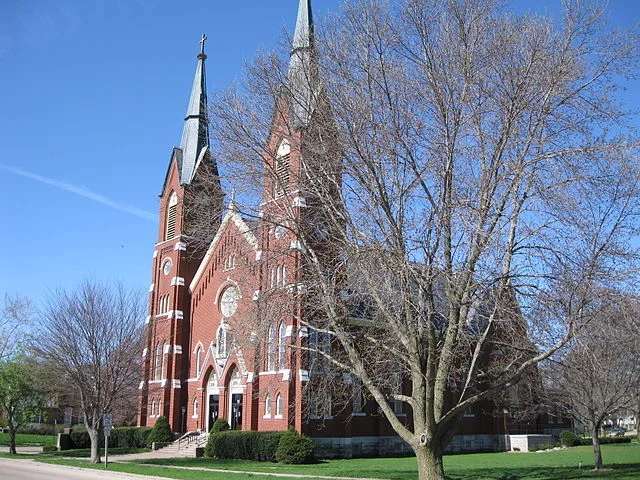St Boniface Church is a significant historical and architectural landmark in the city of Munich, Germany. It is a Roman Catholic church built in honor of St Boniface, the apostle of the Germans, who played a crucial role in the Christianization of the region during the 8th century AD. The church serves both as a place of worship and a symbol of Munich’s religious and cultural history.
Get your dose of History via Email
History and Foundation

St Boniface Church was founded in 1835 to accommodate the growing Catholic population in Munich. The church was designed by the renowned architect Franz Xaver Knapp, who drew inspiration from neoclassical styles prevalent in Europe during that time. The church was consecrated in 1850, a few years after the completion of its construction.
The name of the church honors St Boniface, a missionary from England who became the first Archbishop of Mainz. He is remembered for his efforts to spread Christianity across Germany and for his martyrdom in 754 AD. St Boniface is regarded as the patron saint of Germany, and the church’s dedication to him reflects his lasting influence on the country.
Architecture and Design

St Boniface Church features a blend of neoclassical and baroque architectural styles. The exterior of the church is characterized by its symmetrical façade, featuring columns and pilasters that give the building a monumental and grand appearance. The design aims to convey the power and importance of the Catholic Church during the 19th century.
Inside, the church is marked by an impressive central nave flanked by side aisles. The altar, designed in the baroque style, is a focal point of the interior. The church also contains a number of decorative elements, including statues and frescoes, which further emphasize the church’s religious significance.
The church’s bell tower, which rises above the city skyline, is one of its most distinctive features. It provides both a visual and auditory presence, with bells that ring out across the city.
Role in the Community

St Boniface Church has played an essential role in the religious life of Munich since its foundation. It serves as the parish church for the local Catholic community and is a center for religious services, including daily Mass, weddings, and funerals. Additionally, the church hosts various events and activities aimed at fostering spiritual growth and community engagement.
The church is also a popular destination for visitors, who come to admire its architectural beauty and learn about its historical significance. Over the years, St Boniface Church has become a symbol of Munich’s deep Catholic heritage.
Conclusion
St Boniface Church stands as an enduring testament to the religious and architectural history of Munich. From its establishment in the 19th century to its role in the modern-day community, it continues to serve as a place of worship and reflection. As both a historical landmark and a living religious center, St Boniface Church holds a special place in the cultural and spiritual life of the city.
Source:

